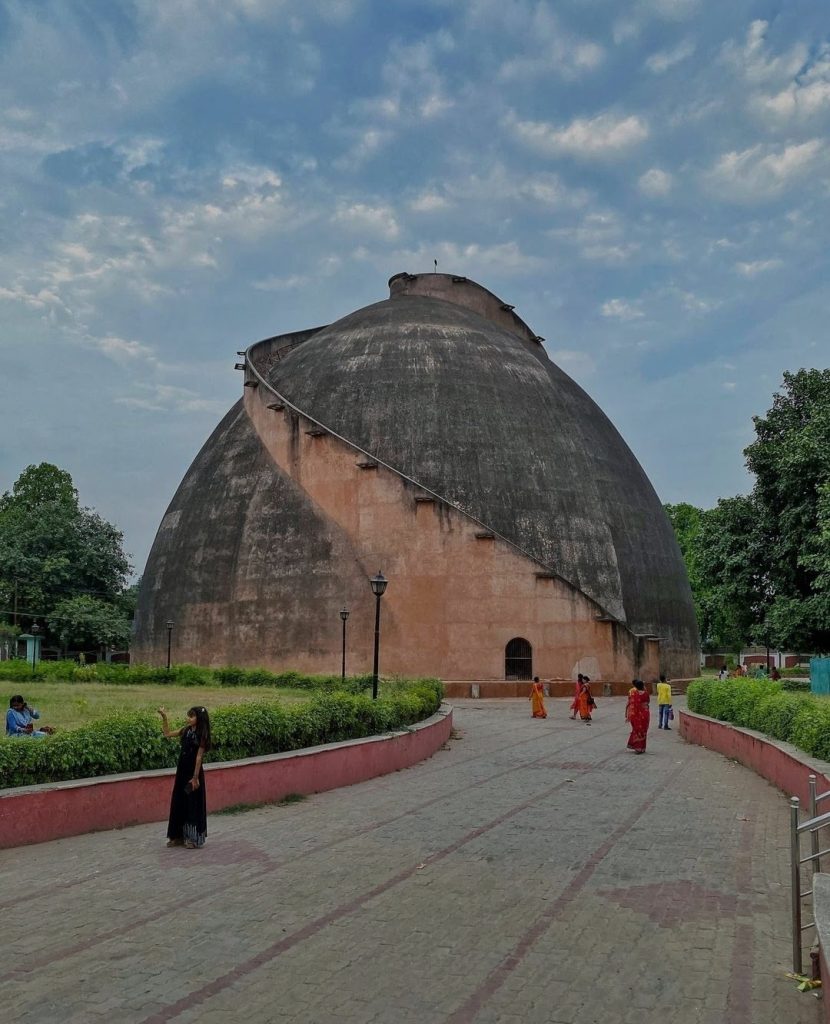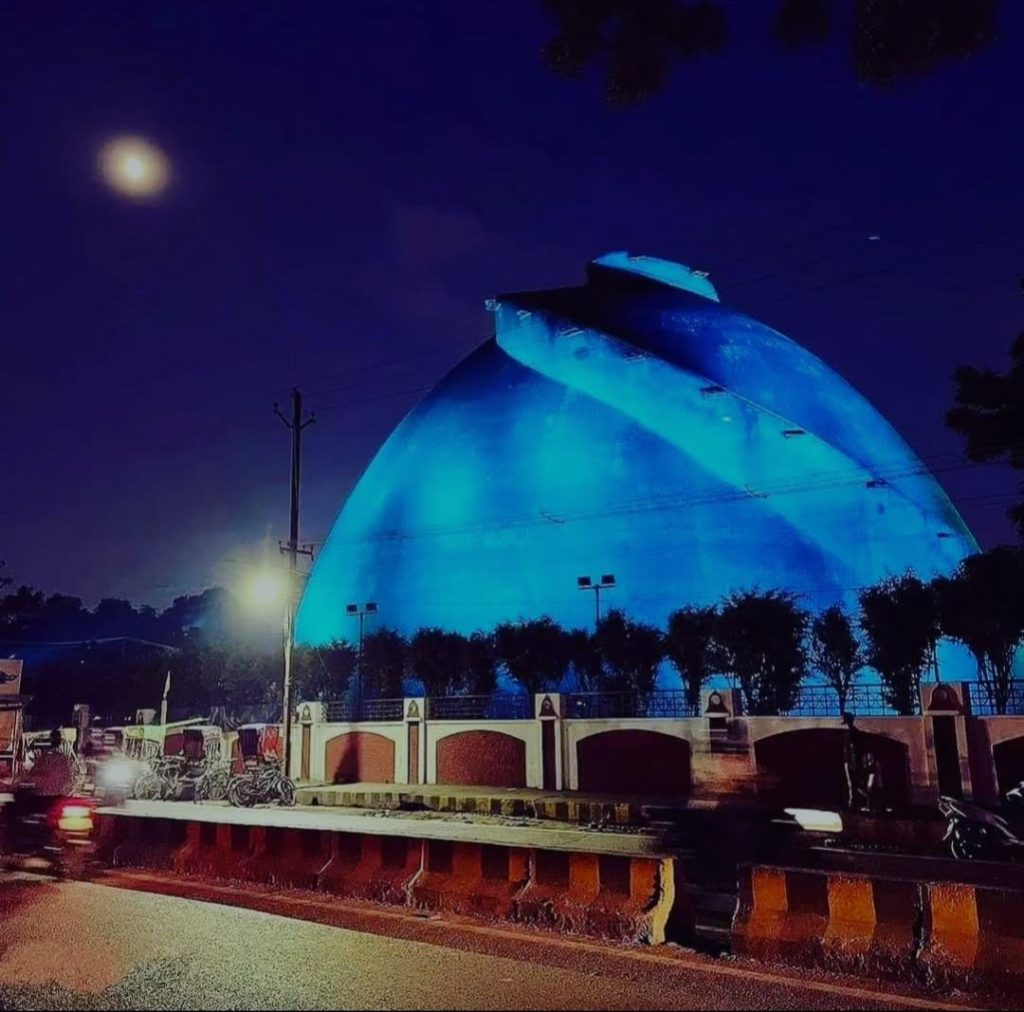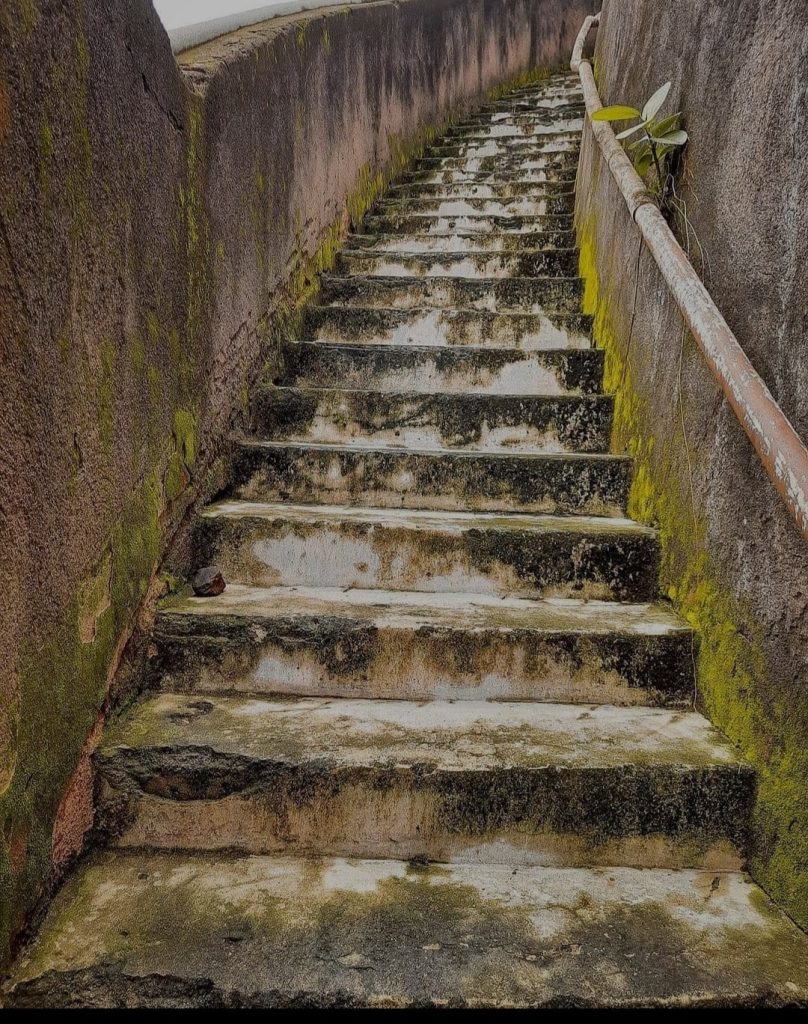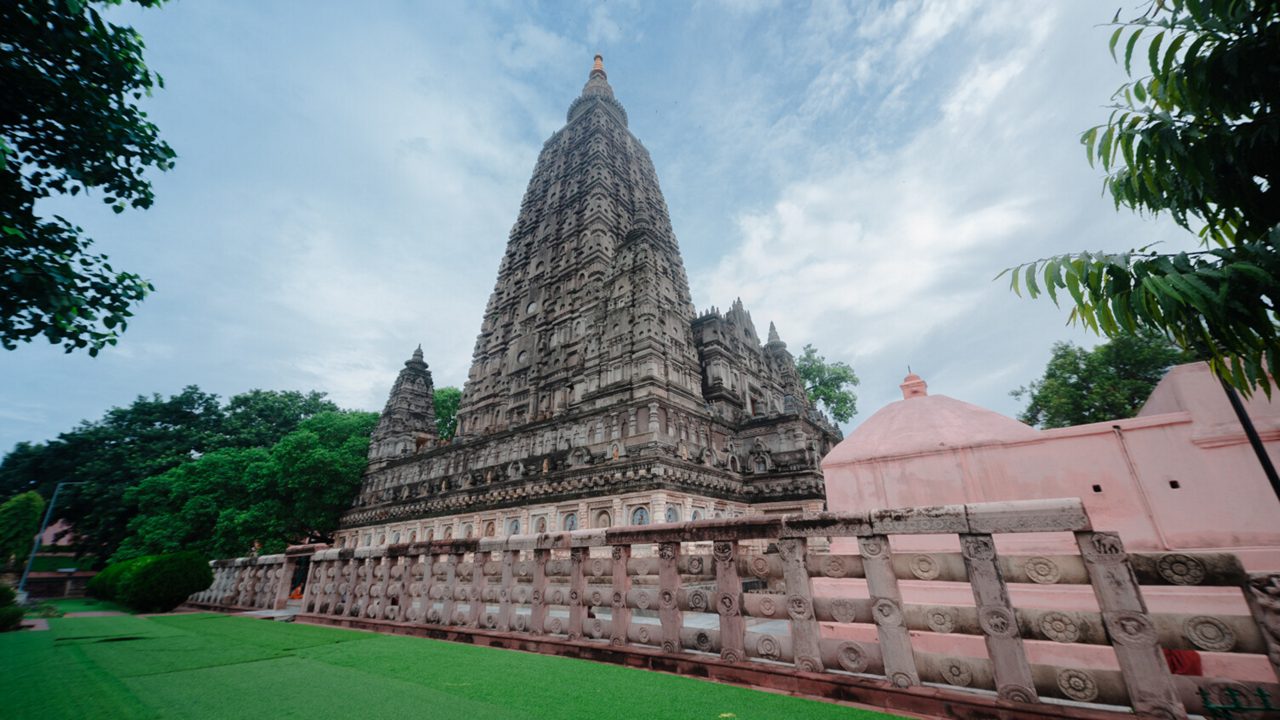
In order to store food for the British after the devastating famine of 1770, which claimed the deaths of up to 10 million people in the area, Warren Hastings, the then-Governor-General of India, ordered the construction of this dome-shaped building.
Gol Ghar, Patna, was constructed as a granary in 1786 during British colonial rule to store surplus grains, ensuring a stable supply during food shortages and supporting the British military stationed in eastern India. Its unique circular design with inward tapering walls also made it earthquake-resistant.

Patna was the ideal location for a central storage facility because it served as a significant administrative and commercial hub throughout the colonial era. It was easily accessible from other areas, making the transportation of grains to and from the granary simple.
The British colonial government was able to exercise control over the area’s agrarian economy with the construction of Gol Ghar and the implementation of a granary system. It gave them power over nearby farmers and made sure they could control grain supplies and prices.
Additionally, Gol Ghar functioned as a physical representation of British rule and presence in the area. Its enormous size and key location served as a symbol of the British East India Company’s might and influence.

After India’s 1947 declaration of independence, Gol Ghar’s function as a granary significantly diminished. The building was rendered useless for its original use by modern storage and transit capabilities. But Gol Ghar’s historical and architectural importance made sure that Patna continued to venerate it as a sacred site.
The Archaeological Survey of India (ASI) designated Gol Ghar as a protected heritage monument in consideration of its historical significance. This action was taken to protect and conserve this famous building for future generations.

The Gol Ghar is still a well-liked tourist destination in Patna today. This architectural wonder is visited by people from all over India and the world who come to see it and learn about its historical significance. The location offers visitors a chance to examine colonial-era architecture while also feeling a connection to the past.

